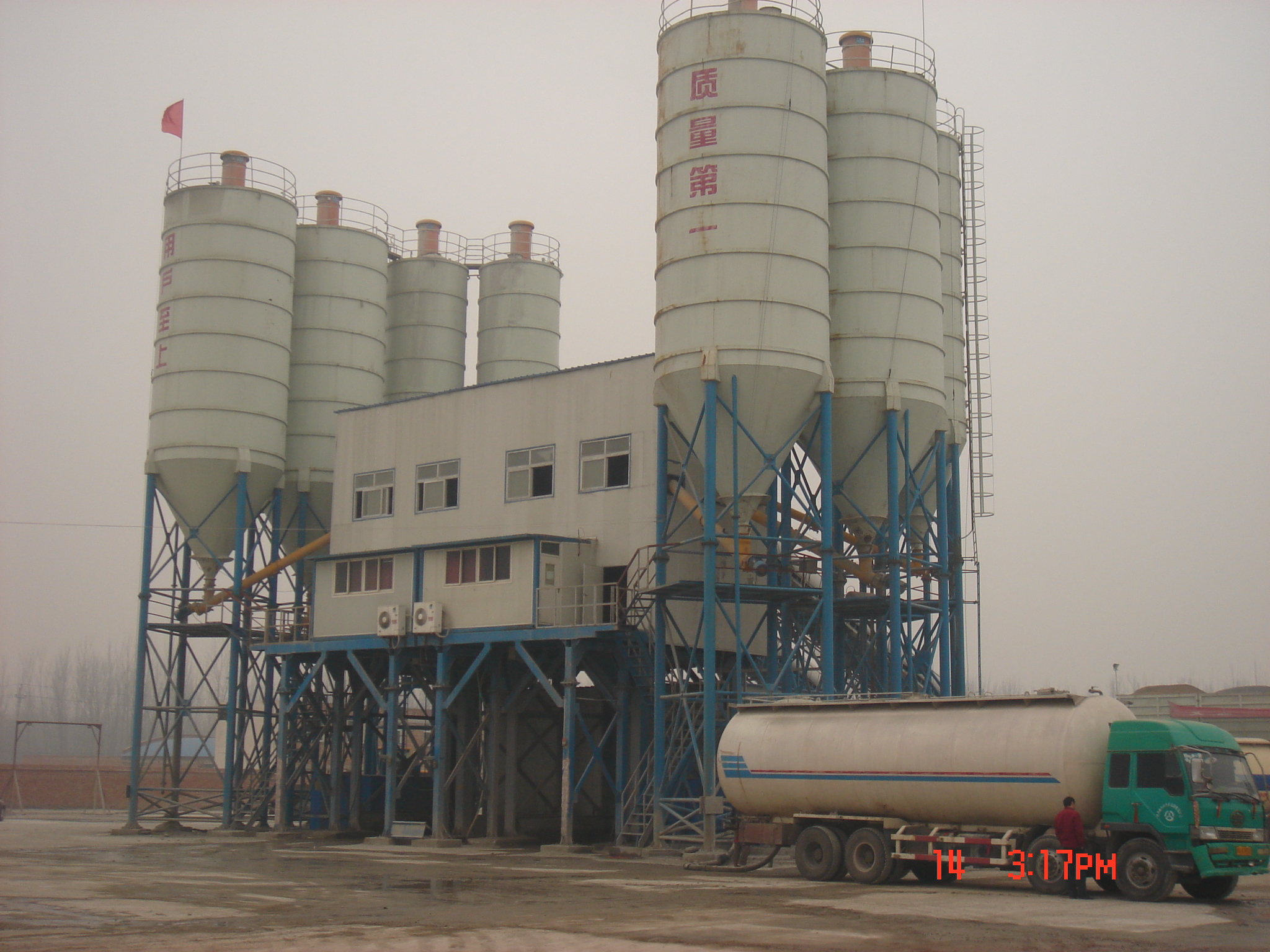When the policy was revised, it was proposed that by 2015, the comprehensive energy consumption per ton of steel in large and medium-sized iron and steel enterprises should not exceed 615 kg of standard coal; the emissions of tons of steel smoke should be reduced from 1.51 kg in 2008 to 0.8 kg; the emissions of sulfur dioxide per ton of steel should be In 2008, 2.23 kg fell to 1.3 kg. By 2020, with a modest increase in the total amount of water resources and a small increase in energy consumption, the concentration of pollutants discharged and the total amount of emissions must achieve double standards.
In contrast, the 2005 version of the “Iron and Steel Industry Development Policy†was simply mentioned in terms of technical and economic indicators. For example, the comprehensive energy consumption of ton steel is less than 0.7 tons of standard coal in the blast furnace process, and the EAF process is lower than 0.4 tons of standard coal and tons of steel. The new water blast furnace process is less than 6 tons, the electric furnace process is less than 3 tons, and the water recycling rate is over 95%.
The goals mentioned in the new policy are also more advanced than the “Implementation and Revitalization Plan for the Iron and Steel Industry†promulgated earlier this year. The revitalization plan only proposes the target for 2011. The key comprehensive energy consumption of large and medium-sized enterprises per ton steel does not exceed 620 kg of standard coal, the new water consumption per ton of steel is less than 5 tons, and the emission of tons of steel smoke is less than 1.0 kg. The carbon dioxide emission of steel is less than 1.8 kg.
Many companies believe that the new policy should allow these goals to be achieved in advance. Senior executives of Taiyuan Iron and Steel Group introduced that in the past few years, they have been referring to the recycling economy. We can consider these targets to be achieved in advance around 2012, which will also help us eliminate backward production capacity, and we will not be able to complete it again by 2015.
In response to the difficult problems of iron ore negotiations in recent years, the new policy proposes to establish a new mechanism for iron ore trade with mutual benefit from international iron ore suppliers, maintain long-term and stable cooperation, and establish domestic iron. The ore trade import agency system forms a new domestic iron ore market new order. The 2005 version of the "Iron and Steel Industry Development Policy" has not been mentioned in this regard.
In terms of foreign trade policy, when the policy is revised, it also proposes to appropriately encourage the import of cheap, high quality pig iron, scrap steel and other primary products, thereby alleviating the pressure on iron ore supply, while limiting the export of coke, ferroalloy, pig iron, scrap steel, and other primary processing products, and implement appropriate measures. The flexible export tax policy is to appropriately increase the tax rebate rate for high-end products, encourage the indirect export of steel, and implement a fair trade policy.
In addition, when the policy was revised, the original policy “above 5 million tons of iron and steel combined enterprises, we must strive to make more than self-supply of electricity and realize external supply†was cancelled. At the same time, the steel output in 2003 exceeded 5 million tons. According to the national medium and long-term development plan for the iron and steel industry and the overall plan for the city where it is located, the enterprise group can formulate the figures in the Group's plan and change it to “2008 steel output exceeding 10 million tonsâ€.
However, since all parties have more or less opinions on the content of these amendments, the "Iron and Steel Industry Development Policy" finally announced may have minor adjustments.
Concrete Mixing Plants is used to concentrate the concrete mixing device,also known as concrete precasting.Because of its mechanization,high degree of automation,so the productivity is also high,and to ensure the quality of concrete and save the cement,commonly used in large quantities of concrete, long construction period,site concentration of large and medium-sized water conservancy,electricity,bridges and other projects.With the development of municipal construction,the mixing station which uses centralized mixing and provides commodity concrete has great advantages and has been rapidly developed.It has also created conditions for promoting the construction of concrete pumping,realizing the joint operation of mixing,conveying and pouring machinery.

Concrete Mixing Plants
Concrete Mixing Plants,Mobile Concrete Mixing Plant,Hzs Concrete Mixing Plant,Concrete Mixing Plant Equipment
Henan Chengjing Mechanical Electrical Equipment Company , http://www.asphalt-equipments.com